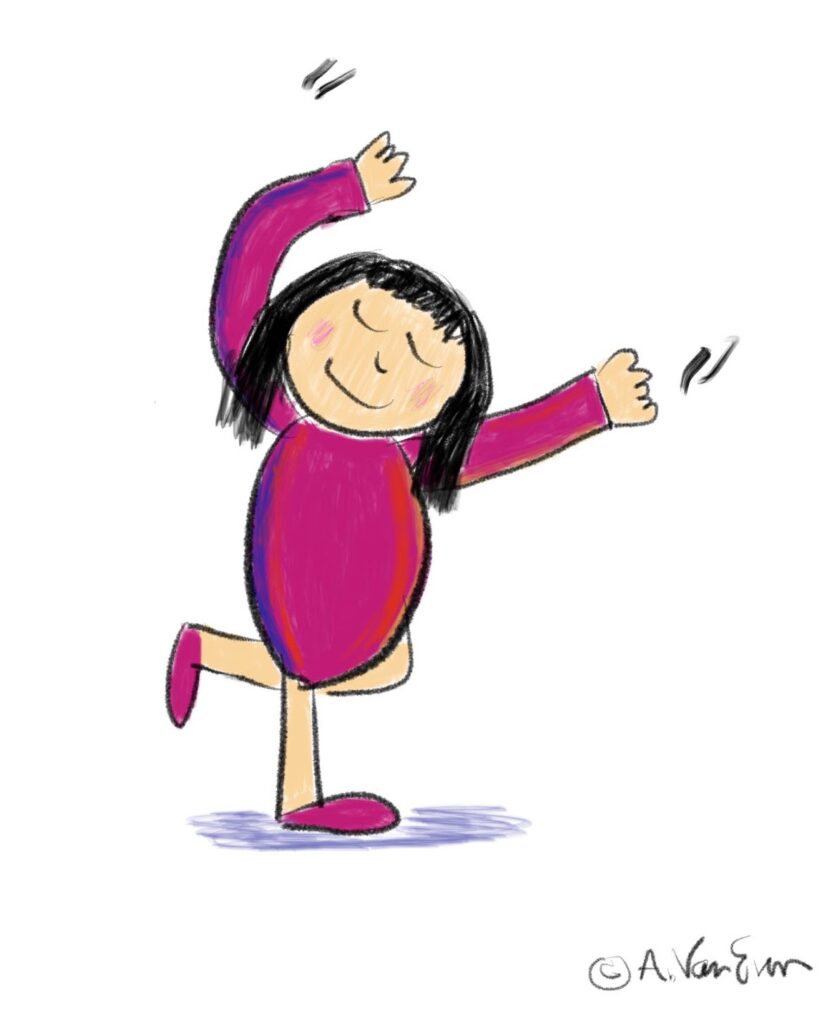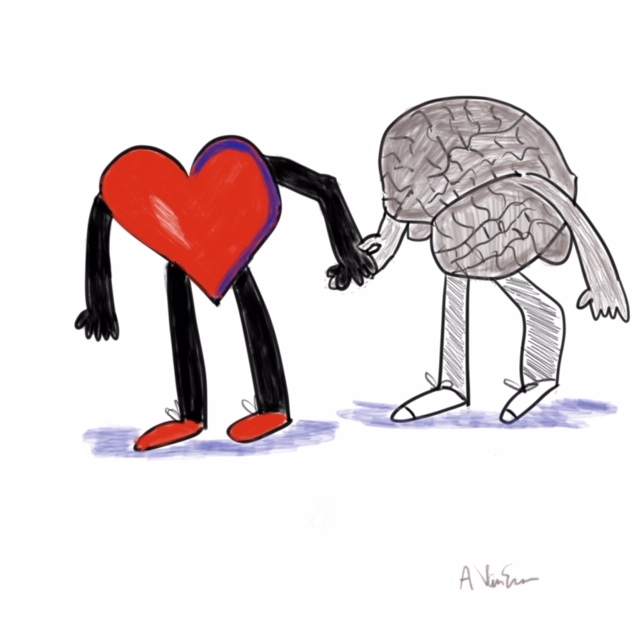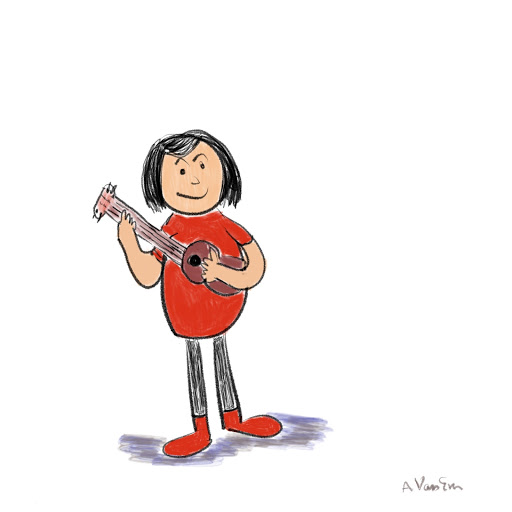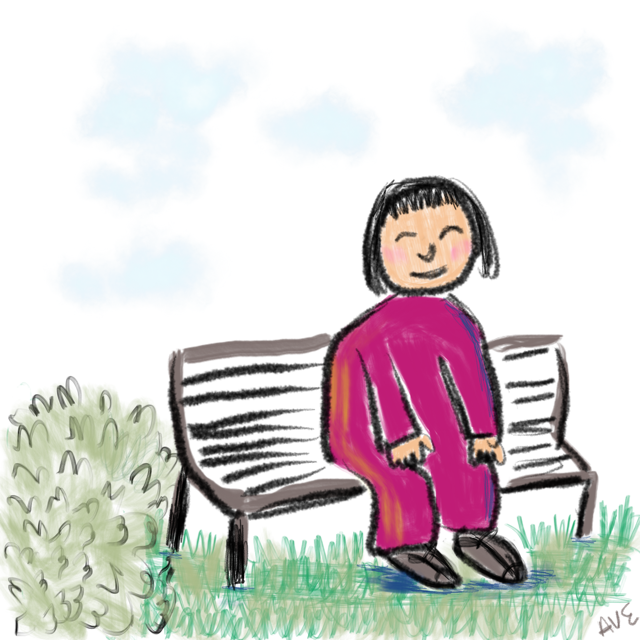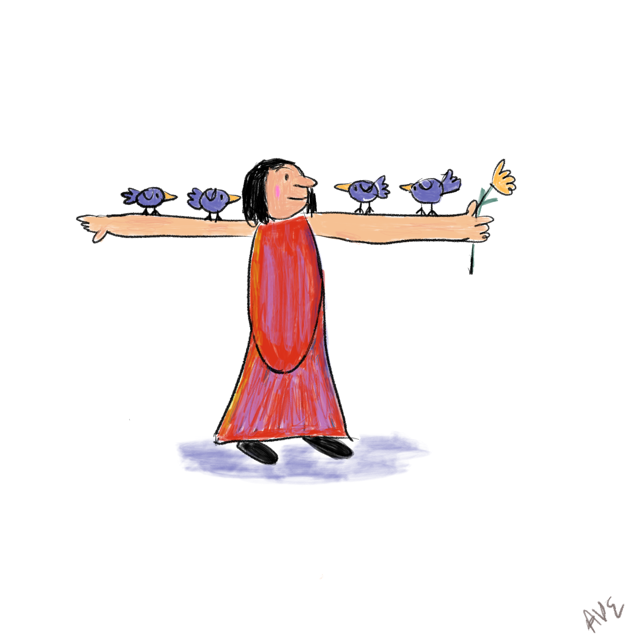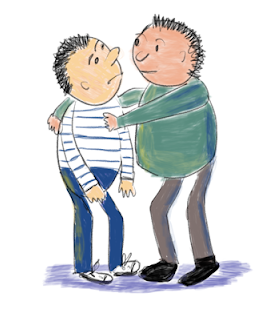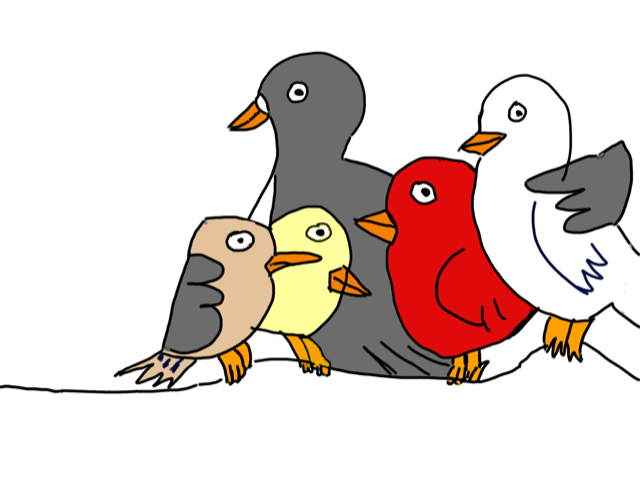
So many people I meet are feeling stressed and depleted these days. With disruptions in workplaces, the environment and the world, it can be hard to feel positive. We can feel a lack of control and like things are just happening to us.
Rather than focus on what is depleting you, notice what gives you energy. Try an experiment. Notice the things that bring you joy and note them. For example, I notice that I feel more positive and alive when taking a walk in nature. I can get a bigger perspective. I also enjoy reading and listening to podcasts. I love to be learning. I enjoy a phone call or a conversation with a friend in which we feel connected and share deeply. I like sharing a laugh with a neighbor or a friend. I enjoy exploring ideas with a client or team to support their development. I enjoy drawing and exploring art. Listening to music is also fun as is enjoying a cup of tea.
Build your list for a few days and notice the patterns that emerge. Notice the small things that bring you joy. Have your list in a visible place and make the commitment to add these to your day and appreciate the small and big moments of joy.
I encourage coaching clients to check their list often and make sure they are doing at least one thing per day that they enjoy. One client goes swimming or reads her favorite books.
We can take responsibility for noticing and embellishing our days with positive energy. Start today and notice the impact on you and those around you.

